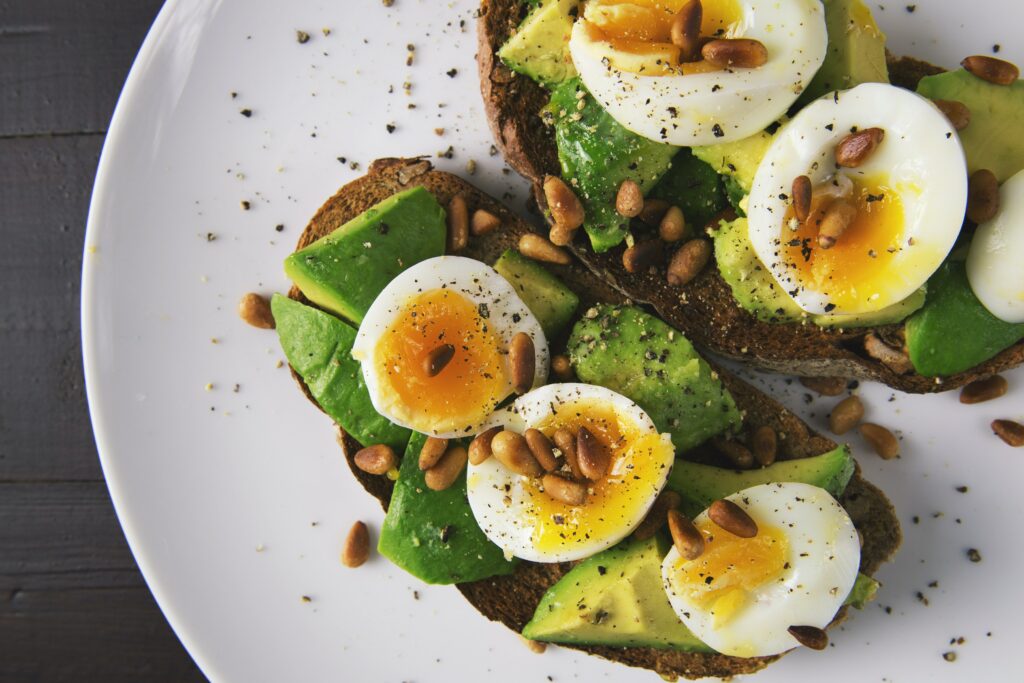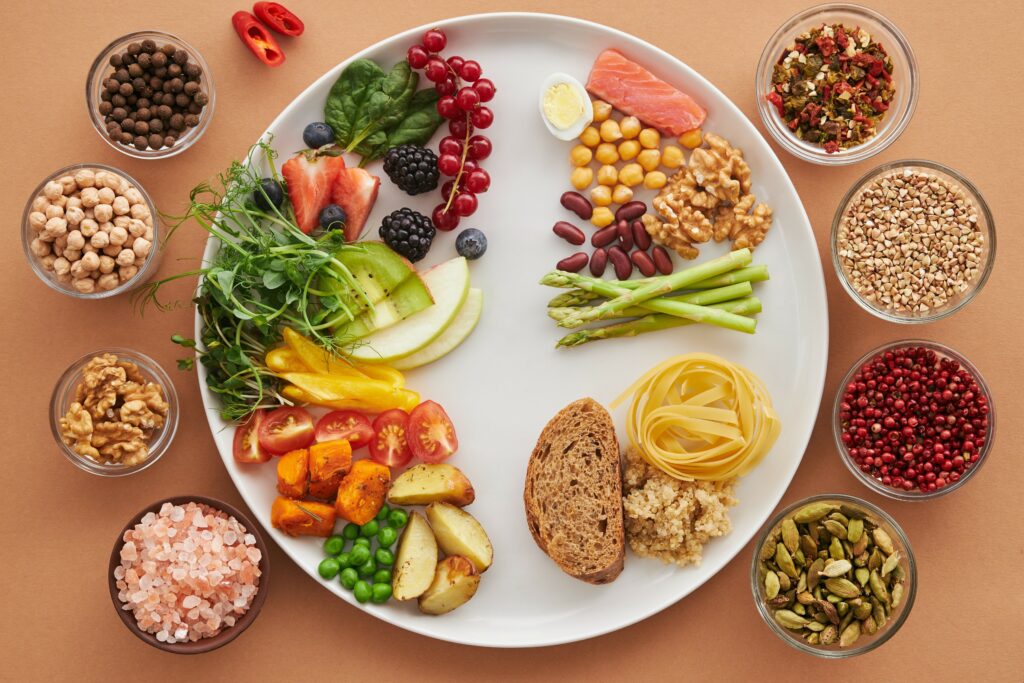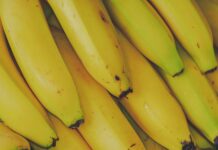The original restrictive low-carb diet is the Atkins diet, while the ketogenic diet is currently popular for weight loss. Both diets may offer benefits for weight loss, diabetes management, and heart health, according to nutritionist Vanessa Rissetto, RD, from Hoboken, New Jersey. However, there are some differences between the two diets. The keto diet is much higher in fat than Atkins, and it keeps carbs very low to maintain ketosis and burn ketones for energy. In contrast, the Atkins diet gradually increases carb intake.
Nowadays, the Atkins Nutritional Approach is available in three versions, namely Atkins 20, Atkins 40, and Atkins 100. The Atkins 20 is for those who want to lose over 40 pounds, have a waist circumference of over 35 inches (women) or 40 inches (men), or have prediabetes or type 2 diabetes. Meanwhile, Atkins 40 is for people who want to lose less than 40 pounds, are pregnant or breastfeeding, or require a wider variety of foods. Atkins 100 is designed for people who want to maintain their weight or are pregnant or breastfeeding and trying to maintain their weight.
However, it is crucial to consult with your healthcare team before trying any version of the Atkins diet, especially if you are pregnant.
A Guide to the Three Atkins Diet Plans and How They Work

The Atkins diet is all about reducing net carbs, prioritizing protein and healthy fats, and gradually reintroducing select carbs as you near your weight loss goals. According to Atkins, net carbs are calculated by subtracting grams of fiber and sugar alcohols from total carbs (although the FDA doesn’t recognize “net carbs” as a nutritional term).
As mentioned, there are three versions of the Atkins diet: Atkins 20, Atkins 40, and Atkins 100. While Atkins 20 and Atkins 40 involve different phases, Atkins 100 is a sustainable lifestyle approach that limits net carbs to no more than 100 grams per day.
At the start of Atkins 20, the “induction” phase limits you to just 20 grams of net carbs. In contrast, Atkins 40 allows you to consume up to 40 grams of net carbs during the induction phase, providing a little more flexibility, such as select fruits. As you progress, Atkins 20 gradually increases your net carbs in increments of 5 grams (20, 25, 30, etc.), while Atkins 40 increases your net carbs in 10-gram increments, as explained by Lauren Popeck, a registered dietitian at Orlando Health in Florida.
Atkins 20 Food
If you’re starting the Atkins 20 diet and want to accelerate your weight loss, incorporating these foods into your meals can help:
- Foundation vegetables like broccoli, spinach, bok choy, and cucumbers should be included in your meals.
- Protein-rich foods like eggs, chicken, and beef are essential for staying full and keeping your muscles healthy.
- All kinds of fish, such as salmon, cod, flounder, and herring, are encouraged.
- Healthy fats like butter and olive oil can also be added to your diet in moderation.
- You can also include some cheese options, including cheddar, goat, Swiss, and Parmesan.
For a comprehensive list of phase one foods on the Atkins 20 diet, visit the Atkins website.
Atkins 40 Food
On the Atkins 40 plan, you can eat all the foods mentioned in the Atkins 20 plan, as well as the following foods (as long as you limit net carbs to under 40 g per day):
- Nuts and seeds
- Legumes (beans)
- Fruits, such as berries, apples, and oranges
- Some starchy vegetables, including sweet potatoes, peas, and corn
- Whole grains, such as quinoa, barley, and whole wheat bread
Atkins 100 Food
Those following the Atkins 100 plan can consume almost all types of foods, provided that they keep their net carb intake under 100 grams per day. It is important to limit or avoid foods high in sugar or refined carbs, as carbs accumulate quickly.
The premise of the Atkins diet is that by restricting carbs, which the body usually relies on for fuel, the body will start to burn fat stores for energy, leading to weight loss. As with other fad diets, the main idea is to eliminate foods made with refined flour and sugar. However, following the Atkins 20 plan, even whole-grain foods that are high in carbs are not allowed until you reach the maintenance phase.
Although cutting out carbs can contribute to initial weight loss, eliminating entire food groups such as grains, milk, yogurt, and fruit may be unsustainable and lack adequate nutrients, such as fiber, calcium, potassium, and other essential vitamins and minerals, according to Popeck.
The 4 phases of the Atkins diet broken down
The Atkins diet is divided into phases that vary depending on which plan you are following, either Atkins 20 or Atkins 40.
Phase 1 (Initiation): Follow a strict low-carb diet by limiting your daily carb intake to less than 20 grams for a period of two weeks. Consume foods that are high in healthy fats and protein, along with low-carb vegetables such as leafy greens. This will help jump-start your weight loss journey.
Phase 2 (Stabilization): Gradually introduce more nuts, low-carb vegetables, and small portions of fruits back into your diet while still maintaining a low-carb intake. This phase will help stabilize your weight loss and make the diet more sustainable.
Phase 3 (Adjustment): As you approach your target weight, slowly increase your carb intake until you notice a decrease in weight loss. This phase will help you fine-tune your diet and achieve your desired weight.
Phase 4 (Maintenance): Once you have reached your target weight, you can increase your carb intake further to a level that your body can tolerate without regaining weight. This phase will help you maintain your weight loss and adopt a healthier lifestyle.
What to eat and what to avoid

According to Popeck, the Atkins diet recommends avoiding sugar and refined carbohydrates. Here are some of the main foods that you should eat and avoid on each plan:
Atkins 20 food list
Foods to eat: Foundation vegetables such as spinach, broccoli, cauliflower, and more; healthy fats like olive oil and butter; nuts and seeds; and most cheeses.
Foods to avoid: Fruits like pineapples and mangoes; starchy vegetables like potatoes; and grains, at least initially.
Atkins 40 and Atkins 100 food list
Foods to eat: All the foods recommended for Atkins 20, along with fruits such as cherries, berries, and melons; legumes; some starchy vegetables such as squash and potatoes; and whole grains.
Foods to avoid: White or processed carbs like white bread or pretzels and hidden sources of sugar.
Can Vegetarians and Vegans follow the diet?
Certainly, vegetarians and vegans can follow the Atkins diet. However, it can be challenging for them to meet the protein goals as traditional protein sources like meat, fish, and dairy products are not an option. To address this, researchers in Toronto developed the Eco Atkins diet which includes protein sources like soy protein, nuts, and veggie burgers for vegans, and eggs, cheese, and tofu for vegetarians. The diet comprises 31% protein, 43% fat, and 26% carbohydrates, which come from fruits, vegetables, and whole grains.
A study conducted in 2014 found that individuals on the vegan version of the Eco Atkins diet lost around 15 pounds after six months. However, vegetarians and vegans should take multivitamins and supplements like fish or flax oil to ensure they get sufficient amounts of nutrients. For those on the Eco Atkins diet, it is recommended to skip the induction phase and start with Atkins 20 phase 2 or Atkins 40, as the initial phase can be quite challenging.
Is the Atkins diet beneficial for the long term?
According to Susan Kraus, RD, a clinical dietitian at Hackensack University Medical Center in New Jersey, following the Atkins diet can provide quick results in the short term. By limiting food intake, individuals may feel less hungry and naturally consume fewer calories. This can be helpful for those looking to lose weight or improve their overall health. In fact, a 2019 study found that following a low-carb diet for just four weeks helped about half of its participants with obesity and metabolic syndrome no longer classify as having metabolic syndrome.
However, it is important to note that the Atkins diet may not be a suitable long-term eating plan. Eliminating entire food groups can result in a lack of essential nutrients and fiber, which can lead to health issues. Additionally, dehydration, energy loss, and other adverse effects may occur due to the restricted nature of the diet.
Furthermore, following a low-carb diet like Atkins may increase the risk of atrial fibrillation (afib), a common heart rhythm disorder. Kraus also raises concerns that such drastic diets can create a warped view of how to lose weight, causing individuals to become overly restrictive and anxious about certain foods. This can lead to an unhealthy relationship with food and an unsustainable approach to weight loss.
To find out more about the Atkins diet, its benefits and drawbacks, results, health benefits, risks, and more check out this article.



